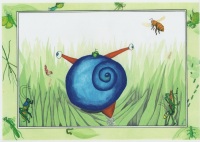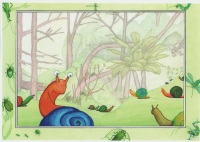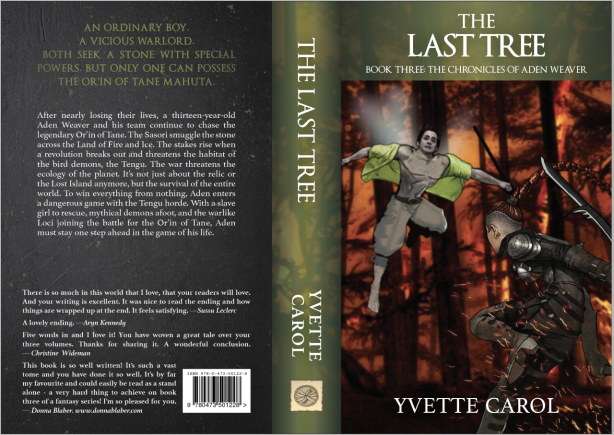
Wednesday is time for another group posting of the Insecure Writer’s Support Group! Time to release our fears to the world – or offer encouragement to those who are feeling neurotic. If you’d like to join us, click on the tab above and sign up. We post the first Wednesday of every month. I encourage everyone to visit at least a dozen new blogs and leave a comment. Your words might be the encouragement someone needs.

The wonderful writer and the guy behind the successful blog, The Write Practice, Joe Bunting said, ‘No one is born a writer. You must become a writer. In fact, you never cease becoming, because you never stop learning how to write. Even now, I am becoming a writer. And so are you.’
Three chapters from the book I’m working on, had come back from critique, and one comment in particular came up again and again. Show it. Don’t tell it. This is basic, fiction writing 101. Yet, this is what the process of critique is for. By showing your prose to third parties for evaluation; you discover blind-spots. In my case, there have been seemingly endless ways and times in which I have told when I should have shown.

I haven’t abandoned my earlier stance, my stated belief in the value of a good “tell.” I still feel the same way. Telling gets such a bad rap these days. I still align myself with the bestselling author, Lee Child, who once famously said, “I’m a storyteller, not a storyshower.” Me, too, Lee!
In her essay, ‘On Rules of Writing, or, Riffing on Rechy’, popular author Ursula Le Guin cautioned against the commonplace writing advice, ‘show, don’t tell.’ Says Le Guin: ‘Thanks to “show, don’t tell,” I find writers in my workshops who think exposition is wicked. They’re afraid to describe the world they’ve invented.’
However, too much exposition is like pepper in a meal, too much will spoil the dish.

‘Adjectives and adverbs are rich and good and fattening. The main thing is not to overindulge.’ Says Le Guin. So, while telling is vital, the technique must also be leavened by lots of hearty showing.
I found a number of places in my story, ‘The Sasori Empire,’ where judicious tweaks along these lines elevated the material by miles.
Here’s an example:
On the long walk from the HAFH library back to their quarters, Aden pondered the news of the Forbidden Time.
I rewrote the opening paragraph:
On the long walk from the HAFH library back to their quarters, Aden recalled how they’d managed to get into the library. In his mind’s picture, he again stood peering at the framed page, which proclaimed the news of the Forbidden Time. His heart beat faster.
It’s a slight tweak and yet, it improves the whole flavor. Truth to tell, I’m constantly surprised and delighted by the power of the show.

I’m editing my novel, The Sasori Empire, and yet rather than cutting words out, I’m adding words in. We coined a new term for it, “aditing.”
The thing is, we all know we have to show not tell most of the time and yet, for some reason perversely, it’s quite hard to do. Maybe we could work an 80/20 ratio on this.
Having acknowledged I needed to show more areas of the book, I have continued to wade through each chapter, like a “tell” seeking missile. I locate static areas on each page to break down and expose.

These areas of telling are really just momentary lapses of attention on my part, when I was originally writing the rough copy. With the help of my critique partners, we find more dark corners like this in my story all the time, areas badly in need of illumination.
The best ways to “show” parts of your story is to think as if you’re in a movie and tease apart all the elements that make up a scene, action, dialogue, and rendered thought.
Herein lays the real value of showing. It gives us detail, context, a sense of place. These things influence our sense of the stakes, whether we care about the story and the characters enough to keep reading.
How about you? Are you creating something? Editing? Writing? Aditing? Let us know, and share the pain!

Talk to you later.
Keep on Creating!
Yvette K. Carol
+
“Now let’s write our brains out passionately and with minimal reference to grids and rules. Let’s write from a love of the art and the heart of fiction.” ~ PJ Reece
+
Subscribe to my Newsletter by emailing me with “Newsletter Subscription” in the subject line to: yvettecarol@hotmail.com
















I agree completely on show don’t tell. As a kid who spent some time reading older books like Anne of Green Gables, I got into this bad habit of skipping over descriptive passages because they were boring. Many times my writing is the same way and I think up to a point that’s okay, but it can be lazy too. On the other hand, too much showing can be tedious too. It’s a tough one.
LikeLiked by 1 person
Hi, Anne,
sorry not to reply earlier, but I was “off the grid.” Yes, it absolutely is a tough call. When to show, and when to tell…
I know that the male readers I’ve talked to usually skip descriptive passages altogether. However, for me, as a young reader, I liked to “see” the scene so I always read every bit! 🙂
LikeLiked by 1 person
I was interested to read what you said about telling in contrast to showing. I think the “show don’t tell” advice is good, but as a rule of thumb. Like any piece of advice, it can become a bit of a creative straitjacket if people take it too far.
LikeLiked by 1 person
Hi, Bun,
I’m back from holidays! Thanks for reading and commenting. “A creative straitjacket” is the perfect way of putting it. Thank you. May I grab this comment as a possible “quote” for future articles, please? (I’ll wait on your reply before I do so!)
🙂
LikeLiked by 1 person
Feel free to use it, Yvette. I think it’s a phrase I may have seen somewhere or other because it popped into my head without effort, which is always a little suspicious! 😀
LikeLiked by 1 person
Okay. Taken with due warning. 🙂 Thanks, Bun!
LikeLike